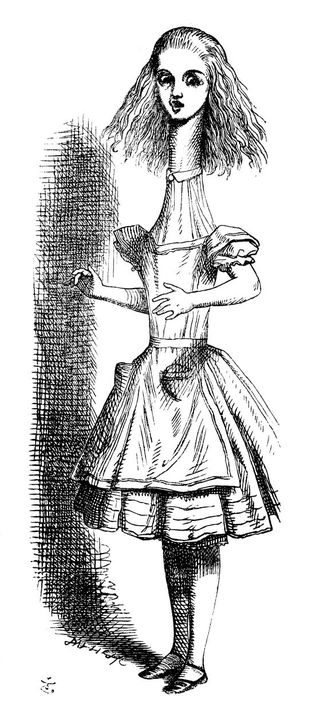Identity
Do You Know What You Really Look Like?
How we think we look and how we measure up are often not the same.
Posted November 13, 2019 Reviewed by Gary Drevitch

Notions of what constitutes the psychological self are typically derived from verbal reflection. We are really facile at talking about our beliefs, values, and desires. Beyond that, I am interested in other ways a person constructs a sense of the physical self, ways that are powerful determinants of what we actually do in the world. In a chapter of my book, Physical Intelligence, I consider what it takes for a brain to figure out that it is situated inside a body and how it forms a holistic sense of being.
First and foremost, we neurologists treasure the notion of the body schema, the continuous mapping of body shape that is essential if we want to get into a pair of pants or through a narrow passageway. This idea dates back to the origins of neurology as a specialty, when we were first identifying all the reasons a person can't move deftly. At the opposite extreme, there are those patients with semantic problems who can move just fine, but they can't name body parts or remember the relative topology of where body parts are located. They fail to know that the knee bone is connected to the shin bone and so on.
The sweet spot from a theoretical perspective that connects to many clinical disorders is a kind of body knowledge between these two extremes. In this space sits body identification, our internal belief in what we are shaped like. This, of course, can be far from veridical. Some of us believe we are svelte when we are rotund, for example, while some of us report the opposite.
There is growing interest in determining if this distorted sense of self-identity is a root cause of common eating disorders. A disconnection between self-image and actual body size occurs in one-quarter to one-half of all young adult athletes, in virtually every sport tested. Whether they are driven toward a larger (football) or leaner (distance running, equestrian sports, gymnastics) body type, distortions of body image can dominate their eating behavior, even when their actual weight and musculature are at a performance optimum.
In the neurology clinic, there are migraineurs with something called Alice in Wonderland Syndrome who can be hit by a spreading wave of cortical depression that sweeps across the parietal lobe, profoundly disrupting the computations needed for body identification. At the peak of a migraine aura, they could believe they are 4 or 10 feet tall, with giant heads or huge feet.
The different representations of the body that the brain relies on to anchor our sense of a physical self mostly operate under the hood, hidden from our mental life. Thus, it can be hard to get an intuition of how important body identity actually is. While I could acknowledge this importance conceptually, it remained an abstraction for me—until recently. It became dramatically concrete after my recent orthopedic surgery.
I grew up with wildly lax knees, bow-legged like a cowboy since childhood. My brain had that distorted shape embedded in my body schema and I could accomplish most actions without too much trouble until one of the knees finally wore out. I had a total knee replacement and was excited to start walking without pain.
While doing walking exercises on the second postoperative day, I looked down at my legs and started to swear. The surgeon must have made a mistake inserting the new knee: My foot on that side looked too far lateral, as if the leg was bowed outward instead of inward. It didn't match the old familiar side at all. It was a horrible feeling. If you have ever seen a movie of someone dislocating a joint or getting a horrible fracture, it caused the same impulse to look away in disgust.
What I was experiencing was two senses of self in direct conflict, one old, one new. My body identity is built from years of bow-leggedness. The surgeon had done a perfect job, making my leg perfectly straight; something I had never experienced. I simply could not reconcile the facts provided by my vision with my old identity.
Even today, nine months later, I am surprised when I look down. The new leg still looks odd. I think the slowness of this change in physical identity is an important observation with clinical relevance. It implies that the sense of self formed from our belief of what we look like is deeply rooted. This resistance to change will be an impediment for anyone seeking to adapt their self-image. And for those with a distorted self-image that causes a maladaptive behavior, like too much or too little eating, behavioral interventions aimed at changing their belief may need to be strong and require a considerable amount of time.
Facebook image: Olena Yakobchuk/Shutterstock
LinkedIn image: metamorworks/Shutterstock




